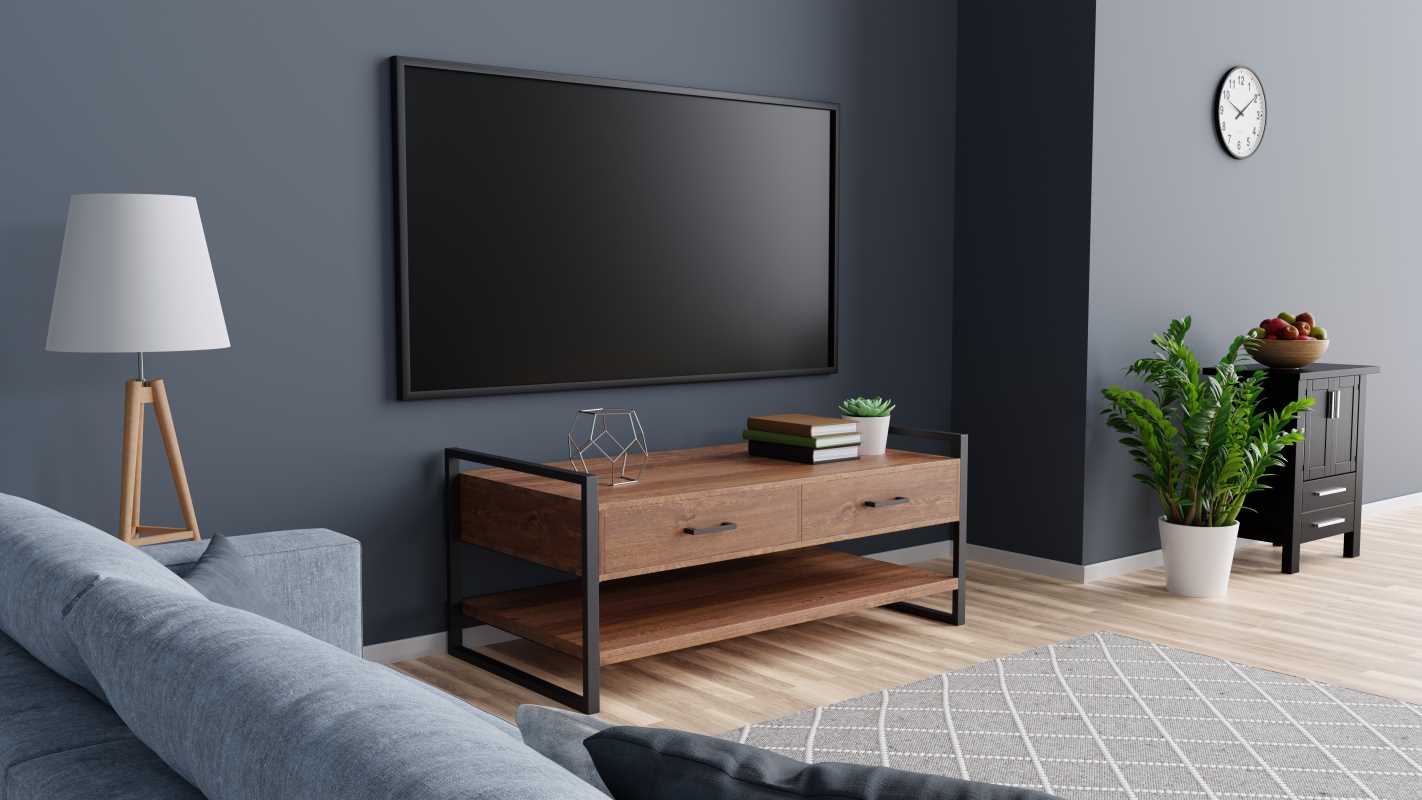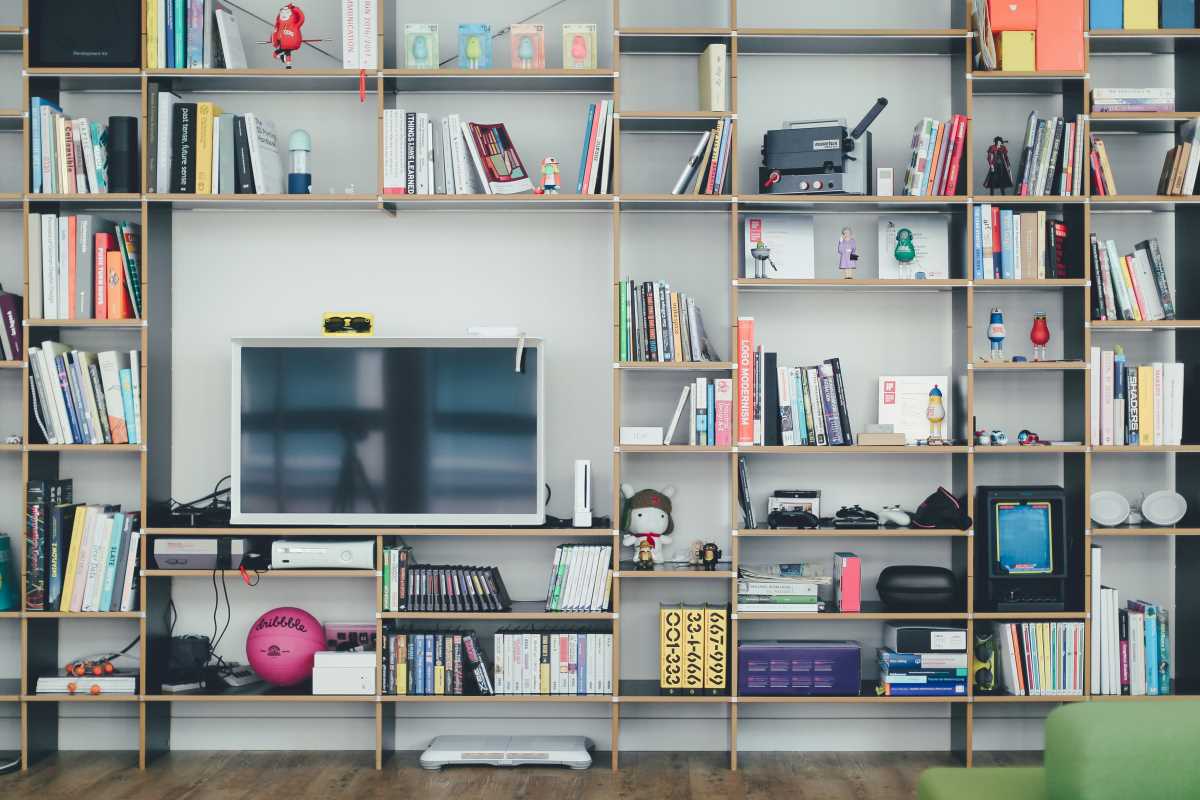Lighting is one of the most impactful yet often overlooked elements of home design. Beyond aesthetics, the right lighting can enhance mood, focus, and energy levels throughout the day. By strategically using various types of lighting and modern technologies, you can transform your home into an environment that supports productivity, relaxation, and overall well-being. Here’s a comprehensive guide on how to optimize your home lighting to positively impact your daily life.
Creating Ambient Lighting
Ambient lighting provides the primary source of illumination in any room and sets the overall tone for the space. To establish a warm and welcoming atmosphere, opt for soft white or warm LED bulbs, which mimic natural light and create a cozy environment. Cool white light can be harsh and may feel clinical, while warm lighting adds a touch of comfort to living spaces like the bedroom, living room, and dining area.
If possible, prioritize natural light sources. Windows, skylights, and glass doors not only brighten up the space but also provide a natural connection to the outdoors, which has been shown to boost mood and productivity. Exposure to natural light helps regulate the body’s circadian rhythm, which is essential for maintaining energy levels and supporting healthy sleep patterns. In rooms with limited natural light, consider installing mirrors strategically to reflect and enhance existing light sources, making the room feel larger and brighter.
Task Lighting for Focus
Task lighting is crucial for activities that require precision and focus, such as reading, cooking, or working on a computer. By providing focused illumination, task lighting minimizes eye strain and makes it easier to concentrate on specific tasks. For example, a desk lamp with adjustable brightness can help illuminate a workspace without straining the eyes, especially when working on detailed tasks.
Under-cabinet lighting in the kitchen is another form of task lighting that improves visibility while cooking. Instead of relying solely on overhead lights, under-cabinet fixtures can highlight countertops and cooking areas, providing clarity and reducing shadows. Adjustable task lights give you control over brightness, allowing you to customize lighting to your needs, whether you’re working on a project or simply reading a book.
In bedrooms, a small bedside lamp provides gentle light for reading or winding down before bed, without disturbing others in the room. In offices, placing a task light next to your computer or work area can prevent eye strain from staring at screens in dim or uneven lighting. Adjustable task lighting lets you position and control the light exactly where you need it, making it one of the most versatile tools for productivity.
Accent Lighting for Atmosphere
Accent lighting adds an extra layer of dimension and can make a space feel more dynamic and inviting. This type of lighting highlights specific features within a room, such as artwork, plants, or architectural elements. Using wall sconces, track lighting, or carefully placed table lamps as accent lighting can give a space more character and help to create a relaxing ambiance.
Accent lighting also allows you to add color and personality to a room. For instance, LED strips placed behind furniture or along shelves can provide a soft glow that accentuates the room’s style. By highlighting certain elements, accent lighting enhances the room's visual appeal while also making it feel more inviting and comfortable. For maximum impact, position accent lighting so it contrasts with ambient lighting, creating a focal point that draws attention without overwhelming the space.
Utilizing Dimmer Switches
Dimmer switches are a simple yet highly effective way to control lighting intensity in each room. These switches allow you to adjust brightness according to the time of day, your mood, or the activity. In the evenings, dimming the lights gradually helps signal your body to wind down and prepare for sleep, promoting relaxation and reducing stimulation before bed.
During the day, higher brightness levels are ideal for activities that require focus and alertness, such as working or studying. In contrast, dimmed lighting is perfect for evening relaxation, movie nights, or when hosting guests. Dimmer switches add flexibility to your lighting setup, enabling you to create the ideal ambiance for various times of day and activities. This simple addition can make a noticeable difference in comfort, productivity, and overall enjoyment of your living space.
Smart Lighting Integration
Smart lighting systems offer the ultimate convenience and customization in home lighting. Smart bulbs and fixtures can be controlled through a smartphone app or voice command, allowing you to adjust brightness, color temperature, and even color from a distance. Smart lighting lets you create personalized lighting schedules that adapt to your daily routine, such as dimming lights gradually as the evening progresses or brightening them in the morning to help you wake up naturally.
Many smart lighting systems also offer options to create “scenes” or presets, which are customized settings for different activities. For example, you can set a “work” scene with cool white lighting for focus or a “relax” scene with warm, dim lighting for winding down. Some systems are compatible with other smart home devices, enabling you to sync lighting with music, TV, or other devices for an immersive experience. With smart lighting, you can effortlessly create an environment that supports productivity during the day and relaxation in the evening.
Nighttime Lighting Considerations
Lighting choices in the evening play a significant role in supporting restful sleep and overall well-being. Bright, cool-toned lights in the evening can suppress melatonin production, the hormone responsible for regulating sleep. To create a more restful environment, switch to warm, dim lighting as bedtime approaches. Warm lighting is less stimulating and helps signal to the brain that it’s time to wind down.
Avoid blue light from screens and overhead lights in the evening, as this can disrupt your circadian rhythm and make it harder to fall asleep. Blue light filters on electronic devices or special blue-light-blocking bulbs can help reduce exposure, supporting a healthy sleep cycle. Nightlights with a soft, red glow are ideal for bathrooms or hallways, providing just enough illumination for nighttime trips without disturbing sleep.
Optimizing Lighting for Each Room
Each room in your home serves a unique purpose, and the lighting should match its specific function. For the kitchen, prioritize bright task lighting for areas like the countertops, stove, and sink, where visibility is essential. Dining rooms can benefit from a central light fixture with a dimmer switch, allowing you to set the mood for dinner parties or family gatherings.
In the bedroom, opt for soft, warm lighting that creates a relaxing environment. Consider placing lamps on either side of the bed for reading and convenience, and dimmer switches are ideal for adjusting the intensity to suit different times of the day. Bathrooms require bright, even lighting, especially around the mirror for grooming tasks, but soft lighting options can be added for a spa-like feel.
Lighting is a powerful tool for shaping the ambiance, comfort, and functionality of your home. By combining ambient, task, and accent lighting, and making use of modern conveniences like dimmer switches and smart technology, you can create a space that supports your mood, productivity, and well-being throughout the day. Experiment with different lighting setups to find the perfect balance that enhances your home environment. Investing time and thought into your lighting design can transform your living space, improving not only the aesthetics but also the quality of your daily life.
 (Image via
(Image via





